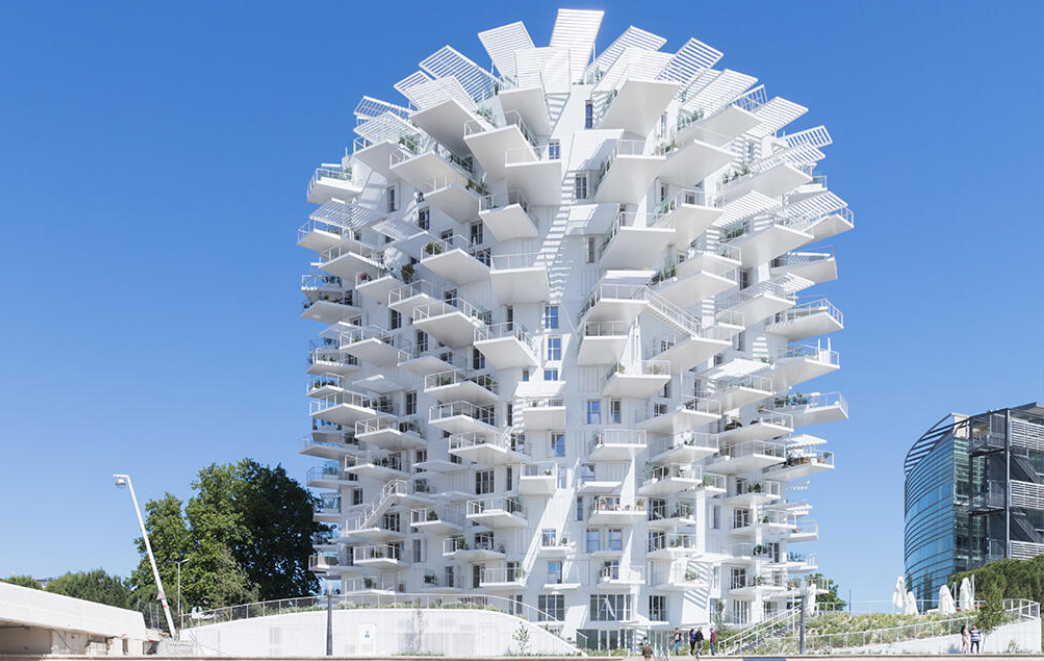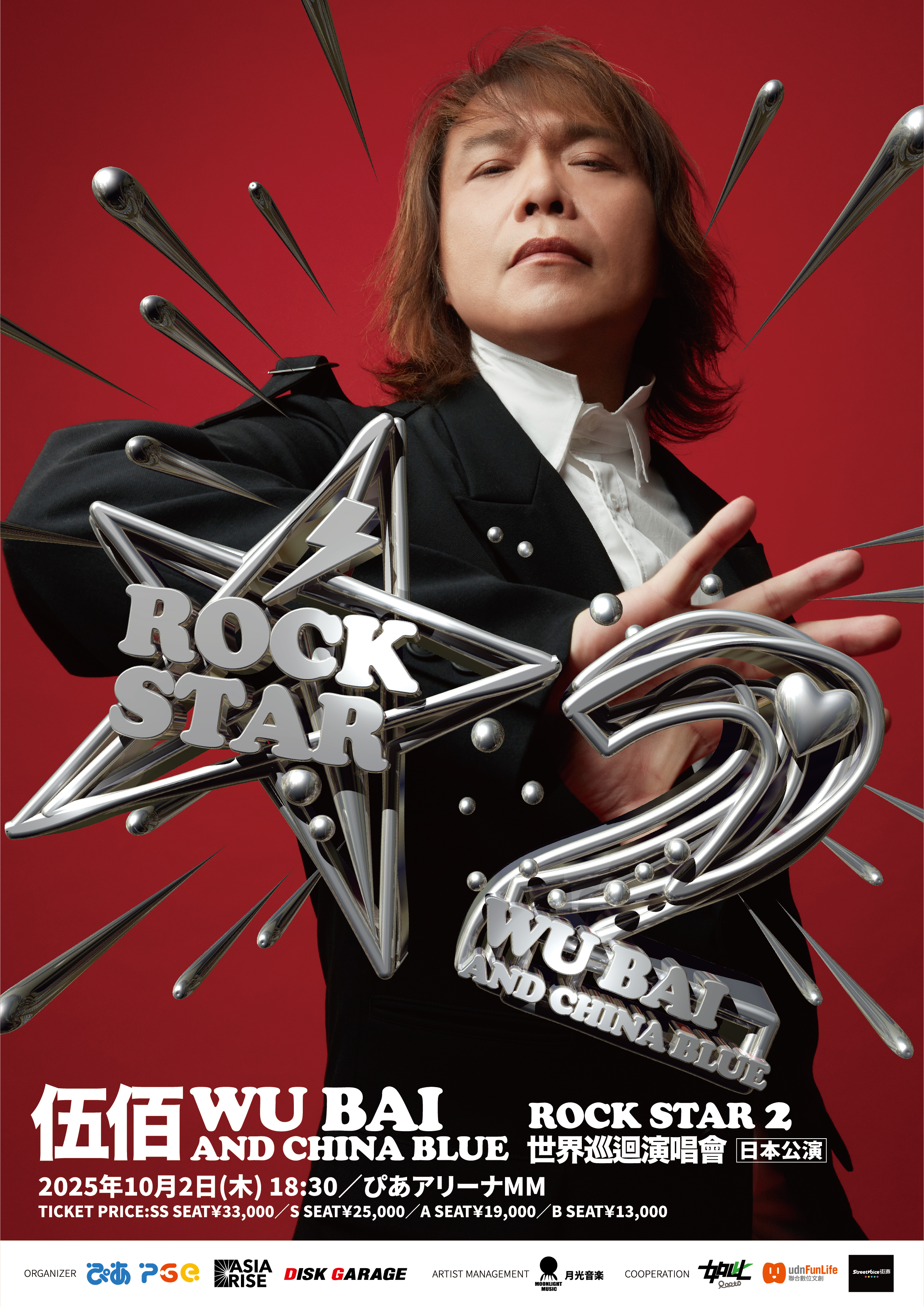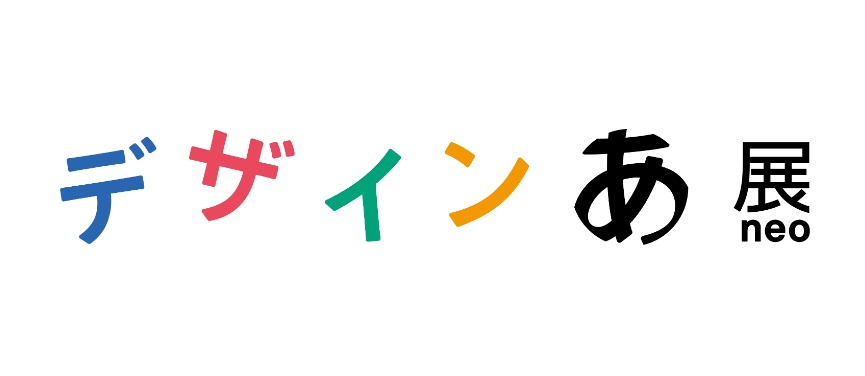Recent Searches
Popular Attractions
London
Edinburgh
Windermere
York
Manchester
Featured Events in Tokyo in March, 2025 (August Updated)
Are you interested in Tropical Palm Tree Paint Night?
245 people have participated in this
poll
Yes
No




50%



50%
Type
Location
Event Status
Popularity
Start Time

Lighting Fair 2025 | Tokyo Big Sight - International Exhibition Center
The Lighting Fair with its fascinating spread of the newest lighting products that are essential elements of building security and comfort The Lighting Fair with its fascinating spread of the newest lighting products that are essential elements of building security and comfort, safe, and highly convenient lighted environments, as well as the latest control systems and measuring equipments that are known to improve lighting performance. It is recognized as one of the premium lighting exhibitions in Japan and is a great forum for enhancing business and networking. The event also serves an ideal place for buyers and sellers meet and both get enlightened with the awesome experience.
Information Source: NIKKEI INC. | expotobi

Battery Japan Tokyo 2025 | Tokyo Big Sight - International Exhibition Center
This event showcases products like Rechargeable Battery Lithium-ion Battery Nickel Cadmium Battery Air Cell Energy Storage SystemNickel Metal Hydride Battery This event showcases products like Rechargeable Battery Lithium-ion Battery Nickel Cadmium Battery Air Cell Energy Storage SystemNickel Metal Hydride Battery Lead Acid Battery NAS Battery Other Rechargeable Batteries/Storage Technologies Capacitor Electric Double-Layer Capacitor Hybrid Capacitor Electrolytic Capacitor Lithium-ion Capacitor Redox Capacitor Other Capacitors Material/Component etc.
Information Source: Reed Exhibitions Japan Ltd. | expotobi

FC Expo 2025 | Tokyo Big Sight - International Exhibition Center
Fuel Cell Expo is an event being held at the Tokyo Big Sight in Tokyo, Japan Fuel Cell Expo is an event being held at the Tokyo Big Sight in Tokyo, Japan. This event showcases products like Electrolytes/Ion Exchange Membranes Gas Diffusion Layers (GDL) Separators, Single Cell Test Equipment Power Load Equipment Gas Analysis Equipment Flow Meters/Dew-point Hygrometers / Thermometers / Manometers Other Calibration Devices/Detection Devices Cell Inspection Equipment etc.
Information Source: Reed Exhibitions Japan Ltd. | expotobi

PV Expo Tokyo 2025 | Tokyo Big Sight - International Exhibition Center
PhotoVoltaic Expo is one of the largest B2B trade shows for the international photovoltaic industry. It is an excellent gateway for the entry of companies into the markets of Japan and Asia PhotoVoltaic Expo is one of the largest B2B trade shows for the international photovoltaic industry. It is an excellent gateway for the entry of companies into the markets of Japan and Asia. It is held together with the PV System Expo and the exhibitors show a wide range of products, materials and production equipment for the industry. The event includes more than 508 exhibitors and 71665 visitors.This event shows products like Silicon Ingot, Wafer, Module Substrates Targets Plastics Filling, Sealing Materials Frame Materials Other Devices/Materials, Cell Measurement Machines, Thickness Gauging Machines Ammeters, Voltmeters, Flow meters Spectral Sensitivity Measurement Machines, Appearance Inspection Equipment Other Evaluation, Testing, Analysis Equipment etc. in the Power & Renewable Energy industry.
Information Source: Reed Exhibitions Japan Ltd. | expotobi

Jim Butler Brazilian Jazz Night | THE MOMENT JAZZ CLUB
Experience the enchanting sounds of Brazilian jazz at the Jim Butler Brazilian Jazz Night in Setagaya City. Hosted at THE MOMENT JAZZ CLUB, located at Seijō, 2-chōme−39−7 すれみビル #B1F, this event promises an evening filled with soulful melodies and rhythmic beats. Mark your calendars for March 1, 2025, and immerse yourself in the vibrant atmosphere of this musical extravaganza. Tickets are priced at $23.18, offering an affordable opportunity to indulge in the captivating world of Brazilian jazz. Don't miss out on this unforgettable night of music and culture.
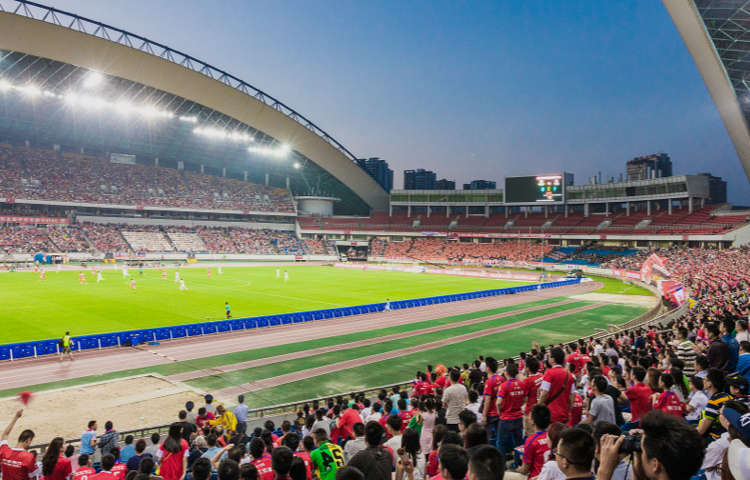
Marathons | Tokyo Marathon (Tokyo) | Tokyo
Explore accurate Tokyo Marathon sporting information and times for 2nd March, as well as links for Athletics news, tickets and more with Fixture Calendar. The Tokyo Marathon is an annual major sporting event held in Tokyo, Japan, attracting thousands of participants from around the world. Known as one of the most prestigious marathons in the world, it is considered one of the six World Marathon Majors along with races in Berlin, Boston, Chicago, London, and New York City. The event is organized and overseen by the Japan Association of Athletics Federations and features both elite and amateur runners competing in a 42.195 km (26.219 miles) course that winds through the city's major landmarks such as Tokyo Tower and the Imperial Palace. The race concludes at the Tokyo Olympic Stadium, the main venue for the 1964 Olympic Games, providing a stunning backdrop for the finish.
Information Source: fixturecalendar.com

Japan Shop 2025 | Tokyo Big Sight - International Exhibition Center
Japan Shop Design exhibits the latest products and services relating to commercial-space design and displays a wide array of store systems, devices, and othe Japan Shop Design exhibits the latest products and services relating to commercial-space design and displays a wide array of store systems, devices, and other tools to help store owners run their businesses more efficiently.
Information Source: NIKKEI INC. | expotobi
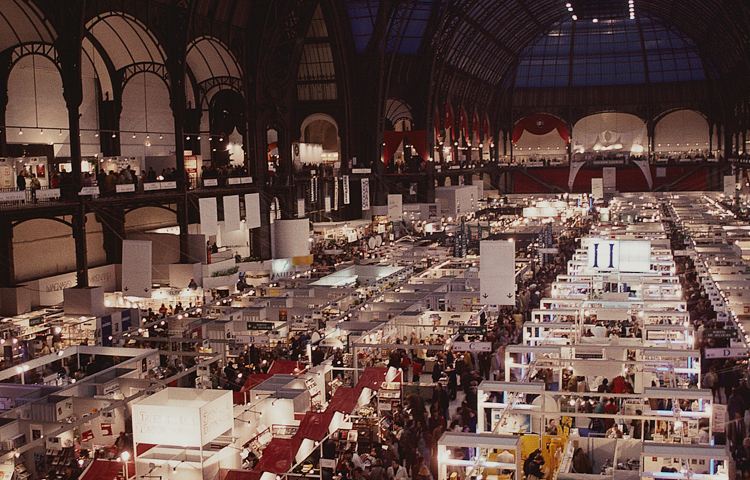
Architecture + Construction Materials 2025 | Tokyo Big Sight, Tokyo, Japan
Architecture + Construction Materials 2025 is set to be a pivotal event in the industry, taking place from March 4 to March 7 at the renowned Tokyo Big Sight in Koto, Tokyo, Japan. This premier event will gather leading professionals, innovative companies, and cutting-edge technologies under one roof, providing a unique platform for networking and knowledge exchange. Attendees can expect to explore the latest advancements in architecture and construction materials, with a focus on sustainability, efficiency, and modern design trends. The event will feature an array of exhibitions, insightful seminars, and interactive workshops, all designed to foster collaboration and inspire groundbreaking solutions. As a cornerstone for industry experts, Architecture + Construction Materials 2025 promises to be an unmissable opportunity to stay ahead of the curve in a rapidly evolving field.

Architecture and Building Materials Exhibition 2025 | Tokyo Big Sight, Tokyo, Japan
The Architecture and Building Materials Exhibition 2025, set to take place from March 4th to March 7th at Tokyo Big Sight in Koto, Tokyo, Japan, promises to be a landmark event in the industry. This premier exhibition will gather leading architects, builders, and industry professionals from around the globe to showcase the latest innovations in building materials and architectural design. Attendees will have the opportunity to explore cutting-edge technologies, sustainable solutions, and groundbreaking designs that are shaping the future of construction. With a focus on fostering collaboration and knowledge exchange, the Architecture and Building Materials Exhibition 2025 will feature a series of insightful seminars, workshops, and networking events. This event is an unmissable occasion for those looking to stay ahead in the ever-evolving world of architecture and building materials.

Japan Shop Design 2025 | Tokyo Big Sight, Tokyo, Japan
Japan Shop Design 2025, set to take place from March 4th to March 7th at Tokyo Big Sight in Koto, Tokyo, Japan, promises to be an unparalleled event for professionals in the retail and design industries. This prestigious event will showcase the latest trends and innovations in shop design, offering a unique platform for industry leaders, designers, and retailers to connect and exchange ideas. Attendees can expect to explore cutting-edge displays, attend insightful seminars, and engage with top-tier exhibitors, all within the bustling and vibrant city of Tokyo. With its focus on the future of retail environments, Japan Shop Design 2025 is an essential event for those looking to stay ahead in the ever-evolving world of shop design.

RetailTech Japan 2025 | Tokyo Big Sight, Tokyo, Japan
RetailTech Japan 2025, set to take place from March 4 to March 7 at Tokyo Big Sight in Koto, Tokyo, Japan, promises to be a pivotal event in the retail technology industry. This premier event will gather industry leaders, innovators, and professionals from around the globe to explore the latest advancements and trends in retail technology. Attendees can expect a diverse array of exhibits showcasing cutting-edge solutions, from AI-driven analytics to state-of-the-art point-of-sale systems. With a focus on driving efficiency and enhancing customer experiences, RetailTech Japan 2025 will feature insightful keynote speeches, panel discussions, and networking opportunities designed to foster collaboration and innovation. The event's strategic location in Tokyo, a hub of technological innovation, further underscores its significance. RetailTech Japan 2025 is an unmissable opportunity for those looking to stay ahead in the rapidly evolving retail landscape.

Architecture & Construction Materials 2025 | Tokyo Big Sight - International Exhibition Center
The ARCHITECTURE + CONSTRUCTION MATERIALS is the comprehensive exhibition of materials and other related products indispensable for building various The ARCHITECTURE + CONSTRUCTION MATERIALS is the comprehensive exhibition of materials and other related products indispensable for building various architectural structures in the city. The event will feature areas like architectural products and equipment, interior and exterior decor materials, flooring products and services, roofing and ceiling products and materials, supplementary materials, doors and windows, functional materials, and constructional materials.
Information Source: NIKKEI INC. | expotobi

Retail Tech JAPAN 2025 | Tokyo Big Sight, Tokyo, Japan
Retail Tech JAPAN 2025, set to take place from March 4 to March 7 at Tokyo Big Sight in Koto, Tokyo, Japan, promises to be a pivotal event for the retail technology industry. This premier event will gather industry leaders, innovators, and professionals from around the globe to explore the latest advancements and trends in retail technology. Attendees can expect a comprehensive showcase of cutting-edge solutions, from AI-driven analytics to state-of-the-art point-of-sale systems, all designed to revolutionize the retail experience. With a focus on fostering collaboration and driving innovation, Retail Tech JAPAN 2025 will feature insightful keynote speeches, interactive workshops, and networking opportunities, making it an unmissable event for those looking to stay ahead in the rapidly evolving retail tech landscape.

Building Maintenance Connect 2025 | Tokyo Big Sight East Hall 4, Tokyo, Japan
Building Maintenance Connect 2025, taking place from March 4 to March 7 at the Tokyo Big Sight East Hall 4 in Koto, Tokyo, Japan, is set to be a pivotal event for professionals in the building maintenance industry. This premier gathering will bring together industry leaders, innovators, and experts to explore the latest advancements and trends in building maintenance. Attendees will have the opportunity to engage in insightful discussions, attend informative workshops, and network with peers from around the globe. The event will feature cutting-edge technologies, sustainable practices, and innovative solutions designed to enhance building maintenance efficiency and effectiveness. Building Maintenance Connect 2025 promises to be an essential platform for those looking to stay ahead in the ever-evolving field of building maintenance.

Japan Int'l Franchise Show 2025 | Tokyo Big Sight, Tokyo, Japan
The Japan Int'l Franchise Show 2025, set to take place from March 5th to March 7th at the renowned Tokyo Big Sight in Koto, Tokyo, promises to be a pivotal event for industry professionals. This premier exhibition will gather franchise leaders, innovators, and entrepreneurs from around the globe, offering a unique platform for networking, knowledge exchange, and business growth. Attendees can expect to explore a diverse array of franchise opportunities, gain insights from expert-led seminars, and discover the latest trends and technologies shaping the franchise landscape. With its strategic location in Tokyo, a hub of commerce and innovation, the Japan Int'l Franchise Show 2025 is poised to be an unmissable event for those looking to expand their franchise ventures in the dynamic Japanese market.

Art Fair Tokyo 2025 | Tokyo International Forum
The Art Fair Tokyo features some of the finest commercial galleries and dealers from home and abroad who deal in artworks ranging from the contemporary The Art Fair Tokyo features some of the finest commercial galleries and dealers from home and abroad who deal in artworks ranging from the contemporary to the ancient, including 2D work, sculptural work, new media art, performance, and more. more than 130 art galleries are participating. you can buy premium artworks.
Information Source: ART FAIR TOKYO Co Ltd | expotobi

Foodex Japan 2024 | Tokyo Big Sight - International Exhibition Center
FOODEX JAPAN is the Asia's largest exhibition dedicated on food and drink across Japan and the whole world FOODEX JAPAN is the Asia's largest exhibition dedicated on food and drink across Japan and the whole world. FOODEX JAPAN will feature products like Food Processing Equipment, Filling Machinery, Bakery Equipment, Consumer products, Packaging equipment, Food preservation and Canning practices.
Information Source: Japan Management Ass. | expotobi

Japan Meat Industry Fair 2025 | Tokyo Big Sight - International Exhibition Center
Japan Meat Industry presents the ultimate technology and products that the producers, processors, distributors, retailers, and food-related personnel Japan Meat Industry presents the ultimate technology and products that the producers, processors, distributors, retailers, and food-related personnel who keep sticking to meat have refined in their respective fields, and disseminates information by disseminating information in the meat industry. Progress and contribute to the promotion of Japan's meat industry and the improvement of the people's diet.
Information Source: Japan Food Journal Co., Ltd | expotobi

Kylie Minogue 2025 Concert in Tokyo | Tokyo
Kylie Minogue, who has sold more than 80 million albums worldwide, won a Grammy Award and was named one of the 100 Most Influential People of 2024 by Time Magazine, is coming to Tokyo, Japan on March 12, 2025 to perform!
Kylie Milo from the 1988 release of her self-titled debut album “Kylie” took the UK album charts champion, and became the first female singer to break 2 million sales with a single album, breaking 7 platinum sales, she was also the first artist to have 13 consecutive releases have successfully entered the UK charts Top 10, with at least 46 songs on the UK charts Hot 100. In the second half of 2023, she releases her 16th solo album “Tension”, with a diverse range of styles, each song showcasing its uniqueness, blending 70's disco, 80's electronic music, 90's house music, 2000's European dance music, and modern beats, making it a joyful musical journey for her fans to enjoy.
Remember to stay tuned to Trip.com for the latest information on venues, showtimes, ticketing details and more!

Cirque De Boudoir TOKYO | Decabar超
Cirque De Boudoir is hosting our first event in Japan!! We are hosting a CDB at DECABAR Super, a fun performance bar/club in Shinjuku City, Tokyo. Featuring an amazing lineup of local and international DJs, including CDB cofounder DJ Davidé, and visuals by CDB cofounder Bunnyguts! More details to come! Save the date! Get your ticket! Prepare your outfits! See you soon in TOKYO!! Hosted by / Votre hôte: Adrien Le Danois & MiMi of DECABAR Super & Tokyo Decadance! DJs: 💿 DJ DAVIDÉ 💿 https://www.instagram.com/davide.lapara/ https://www.mixcloud.com/dj-davide/ SiSeN https://www.instagram.com/sisen_violet/ SHO https://www.instagram.com/silverlionn/ Eucharist Thief 聖体泥棒 https://www.instagram.com/eucharist_thief/ Visuals: ⭐ VJ BUNNYGUTS ⭐ https://www.instagram.com/bunnyguts/ Performers: Judah Vicious and more TBA!
Information Source: Cirque De Boudoir | eventbrite

Aigetsu Birthday Jazz Live Show | LIVE UNTEN 45
MusiciansAigetsu (Vo) Yozo Ohe(Drums) Takashi Fukunaga(Organ) Keisuke Yaba (Guitar) Location&TimeLive Unten 45, Shinjuku, Tokyo ( GoogleMaps) (Venue's Website) Open: 6:30 pm Live music: 7:00 pm - 9:30 pm < Dining>This venue offers a variety of food menu and drinks.
You can enjoy dining before/while/after our performance. < Find me on Bandsintown >Don't forget to follow me on Bandsintown to get notified when I publish new live show information! AIGETSU on Bandsintown < Find me on social media >YouTube Drop-in and drop-out are allowedMusic Charge 3,500 yen + 2 orders minimum.Alcoholic beverages, soft drinks, and snacks are available.
Information Source: Aigetsu | eventbrite

MLB | Chicago Cubs v Los Angeles Dodgers (Tokyo) | Mar 18th | Tokyo Dome
Explore Chicago Cubs v Los Angeles Dodgers sporting information for 18th March, as well as links for Baseball tickets and more with Fixture Calendar. The Chicago Cubs are an iconic professional baseball team based in Chicago, Illinois. They compete in Major League Baseball (MLB) as part of the National League Central division. The team has a rich history, making their debut in the MLB in 1876 and claiming three World Series titles in 1907, 1908, and most recently in 2016. The Cubs have consistently performed well, with 18 division titles and 6 National League pennants. The team is known for its loyal fan base and celebrated players, such as legendary Ernie Banks and Sammy Sosa. The Cubs currently play their home games at Wrigley Field, which has been their home since 1916 and is dubbed as the oldest ballpark in the National League. As one of the most beloved and successful MLB teams, the Chicago Cubs continue to be a force to be reckoned with in the league.
The Los Angeles Dodgers have been a prominent team in Major League Baseball since their establishment in 1883. With a rich history of 7 World Series championships, 24 National League pennants, and 9 West Division titles, the Dodgers have solidified their place as one of the most successful franchises in MLB. The team's legendary players, including Jackie Robinson, Duke Snider, and Sandy Koufax, have helped shape the Dodgers' legacy and continue to inspire future generations. Today, the Dodgers can be found playing home games at their state-of-the-art stadium, Dodger Stadium, which has been their home since 1962. As the second oldest ballpark in MLB, Dodger Stadium has hosted numerous iconic moments and remains a beloved landmark for fans. With a talented roster and dedicated fanbase, the Los Angeles Dodgers are a force to be reckoned with in the world of professional baseball.
Information Source: fixturecalendar.com

2025 MLB World Tour: Tokyo Series | Tokyo Dome
Major League Baseball announced that its 2025 regular season will begin with the Tokyo Series presented by Guggenheim at the Tokyo Dome, featuring the Los Angeles Dodgers with Oshu, Japan native Shohei Ohtani and Bizen, Japan native Yoshinobu Yamamoto against the Chicago Cubs with Kitakyushu, Japan native Shota Imanaga and Arakawa, Japan native Seiya Suzuki on Tuesday, March 18th and Wednesday, March 19th.
On March 15, the Chicago Cubs will take on the Hanshin Tigers at 12pm and the Yomiuri Giants will face the Los Angeles Dodgers at 7pm. On March 16, the Los Angeles Dodgers will take on the Hanshin Tigers at 12pm and the Yomiuri Giants will take on the Chicago Cubs at 7 p.m.
All games of the 2025 MLB World Tour: Tokyo Series including the four exhibition games will be played at Tokyo Dome in Tokyo.

MLB | Chicago Cubs v Los Angeles Dodgers (Tokyo) | Mar 19th | Tokyo Dome
Explore Chicago Cubs v Los Angeles Dodgers sporting information for 19th March, as well as links for Baseball tickets and more with Fixture Calendar. The Chicago Cubs are an iconic professional baseball team based in Chicago, Illinois. They compete in Major League Baseball (MLB) as part of the National League Central division. The team has a rich history, making their debut in the National League0 in 1876 and claiming three World Series titles in 1907, 1908, and most recently in 2016. The Cubs have consistently performed well, with 18 division titles and 6 National League pennants. The team is known for its loyal fan base and celebrated players, such as legendary Ernie Banks and Sammy Sosa. The Cubs currently play their home games at Wrigley Field, which has been their home since 1916 and is dubbed as the oldest ballpark in the National League. As one of the most beloved and successful National League0 teams, the Chicago Cubs continue to be a force to be reckoned with in the league.
The Los Angeles Dodgers have been a prominent team in Major League Baseball since their establishment in 1883. With a rich history of 7 World Series championships, 24 National League pennants, and 9 West Division titles, the Dodgers have solidified their place as one of the most successful franchises in National League0. The team's legendary players, including Jackie Robinson, Duke Snider, and Sandy Koufax, have helped shape the Dodgers' legacy and continue to inspire future generations. Today, the Dodgers can be found playing home games at their state-of-the-art stadium, Dodger Stadium, which has been their home since 1962. As the second oldest ballpark in National League0, Dodger Stadium has hosted numerous iconic moments and remains a beloved landmark for fans. With a talented roster and dedicated fanbase, the Los Angeles Dodgers are a force to be reckoned with in the world of professional baseball.
Information Source: fixturecalendar.com

Katsura Sunshine's Rakugo in Tokyo - March 22-28 | Mokubatei
A show of hilarity and culture in equal doses! Katsura Sunshine completed his grueling traditional apprenticeship in Rakugo comic storytelling under the great Rakugo Master Katsura Bunshi VI in 2011. His performances have delighted audiences throughout the world as well as all over Japan. Sunshine has graced the Broadway stage with a different delightful Japanese story each month since 2019, at the famous New World Stages in Manhattan. Join Sunshine in his home theatre of Asakusa Mokubatei in the most historic and lively area of Tokyo, a minutes walk from Sensoji temple. Come for an hour of laughter and leave with a piece of Japan in you heart! “A Master Storyteller!” -The New York Times “There is only one Sunshine!” -The New Yorker “The King of Kimono Comedy!” -Reuters, New York
Information Source: eventbrite

Meet the Royal College of Art in Tokyo | The International House of Japan / 国際文化会館
Studying at the Royal College of Art places you at the heart of London: a city internationally renowned for its creativity, culture and diversity - the perfect place to develop your creative career in. What do prospective students need to know about living and studying in the UK? You’re invited to meet Benjamin Reynolds and Stephanie Limuaco who will walk you through an introduction to the RCA, portfolio advice, the application process and scholarships. A limited number of in-person one-to-one meetings / portfolio reviews are available prior to the event. A time slot must be booked for a one-to-one meeting. What to expectMonday, 24 March 2025 1-5pm - Bookable one-to-one meetings with Benjamin Reynolds
(Make sure to bring your portfolio on your fully charged device)5-6pm - Break6-8pm - About the RCA panel presentation and Q&AWe'd love you to join for all parts of the event but if you can only join for part of it, that's fine too. SpeakersBenjamin Reynolds (Associate Lecturer, Studio Tutor, MA Architecture)Stephanie Limuaco (Head of Student Recruitment & Marketing)Who is this event forProspective students interested in postgraduate study at the Royal College of ArtCurrent RCA applicants and offer-holdersParents, guardians and family members are also welcome to join, though please ensure they have a ticketYou don't have to specialise in any discipline to attend this event: we welcome guests planning to apply to all subject areas. VenueThe International House of Japan / 国際文化会館
5 Chome-11-16 Roppongi Minato City, Tokyo 106-0032 JapanOther events at the RCAWe are continually adding to our diverse programme of events: conversations on key topics such as funding advice and portfolio development, symposia, exhibitions, open days and more. Many are free and open to the public. About the Royal College of ArtThe RCA is postgraduate art, design and architecture university in London, England offering a Graduate Diploma conversion programme and Master’s, MPhil, MRes and PhD degrees. The four Schools of Architecture, Communication, Design and Arts & Humanities offer a broad range of disciplines, built on a strong foundation of practice-based research and integrates STEAM subjects - Science, Technology, Engineering, Art and Mathematics - providing a unique and transformative experience. In March 2024, the Royal College of Art was announced as the World's number one ranked art & design university for the ninth consecutive year in the QS World University Subject Rankings.
Information Source: Royal College of Art | eventbrite

Tokyo Barbers (American Pop Chorus) Guest Day in Tokyo! | Showamachi Citizen's Center
Tokyo Barbers (American Pop Chorus) Guest Day in Tokyo! Hello everyone! We are Tokyo Barbers, Acappella Style chorus group in Tokyo. In March 2025, Roger Ross, General Music Director of Tokyo Barbers, will visit Japan. We will hold a guest day (trial session) on March 30th. Please come and join us. We would like to enjoy learning about the features of Barbershop Chorus and how to create the sound together with you. (No participation fee.) If you would like to attend, please register using the form below: Registration Form https://docs.google.com/forms/d/e/1FAIpQLSc95HPKYsrhiitNKm1syPz_4iBq8thfs_pTuCRe16AZd8fPGQ/viewform?usp=sharing Tokyo Barbershop Guest Day: Would you like to open the door to harmony? Date: Sunday, March 30, 2025 Time: 14:00 - 16:30 (Registration starts at 13:30) Place: Showacho Kumin Center, Kita-ku, Tokyo, 2F Hall 1 7 minutes from JR Oku Station, *5 minutes from Arakawa Shako-mae Station on Toden Arakawa Line Roger Ross: Two-time Might Awesome world champion: 1992 (Keepsake) and 2017 (MainStreet)General Music Director of Tokyo BarbersPerformer at Disney World in FloridaMain Street - Pop Songs Medley (International 2015) https://youtu.be/MdTS6-fbNH0?si=ijIOORUu0e9FO0nz Program Contents for the Event (Tentative) Introduction to Tokyo BarbershopWhat is Barbershop Harmony ?Harmony Experience!
Information Source: Tokyo Barbers | eventbrite


